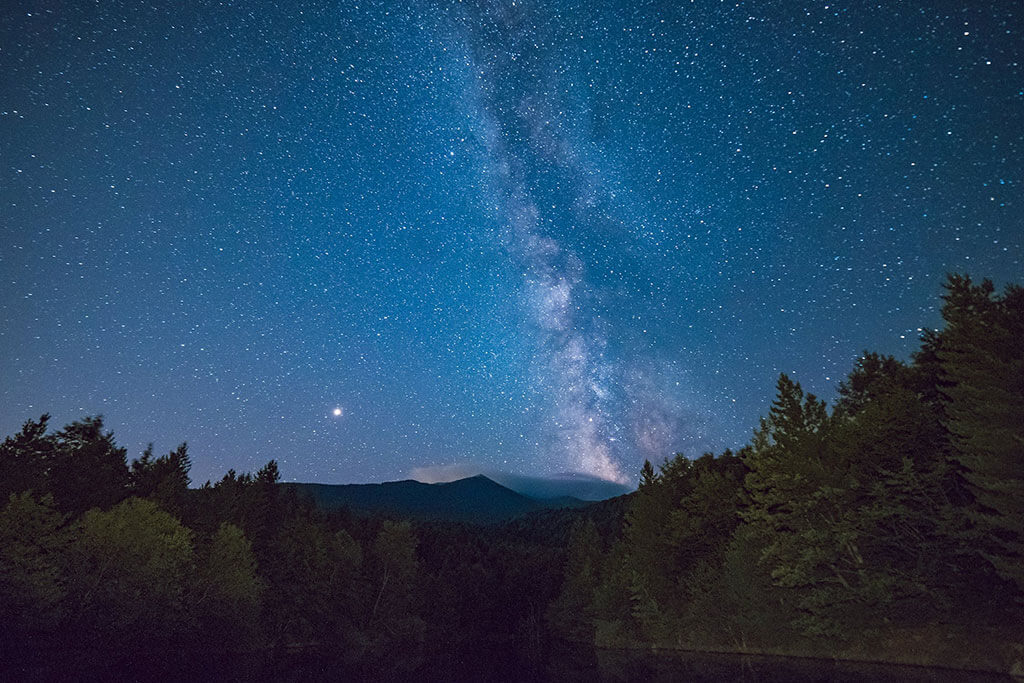
22
April
Lyrid Meteors
Meteor shower

18
November
Leonid Meteors
Meteor shower

14
December
Geminid meteors
Meteor shower

23
September
Autumnal Equinox
The earth's axis is perpendicular to its orbit with the North pole tipping away form the sun. In other words, the season is changing to Fall.

27
September
Total Lunar Eclipse of September 27, 2015
On the evening of September 27, 2015, residents of the GTA and beyond will be able to observe a Total Lunar Eclipse during a so-called Supermoon.

27
September
CAO: Lunar Eclipse Viewing Party
UPDATE: WE HAVE 60% CLEAR SKIES AT THE CAO THIS EVENING AND ARE "GO" FOR LUNAR ECLIPSE VIEWING. You're invited to the Total Lunar Eclipse Viewing Party at the E. C. Carr Astronomical Observatory. An astronomy event invitation, jointly hosted by the Blue Mountains Library and the Royal Astronomical Society of Canada - Toronto Centre. Open to the public.Sunday 27 September 2015. Arrive any time after 8:30 PM. Eclipse begins about 9:11 PM. Full eclipse approx. 10:15 PM.

11
April
Space Apps Toronto
On April 11–13th, developers, makers, engineers and entrepreneurs will take on 25 NASA-designed challenges, creating solutions that range from silly to serious, and fantastical to feasible. Build a team, pick a challenge, and leverage your access to extraordinary mentors roster featuring past and present astronauts, aerospace engineers, and designers.

5
January
Jupiter at opposition
Jupiter is closest to earth for the year, giving the best views in a telescope.

21
December
Winter Solstice
The shortest day and the longest night of the year.

20
March
Vernal Equinox
The earth's axis is perpendicular to its orbit with the North pole tipping towards the sun. In other words, the season is changing to Spring.
